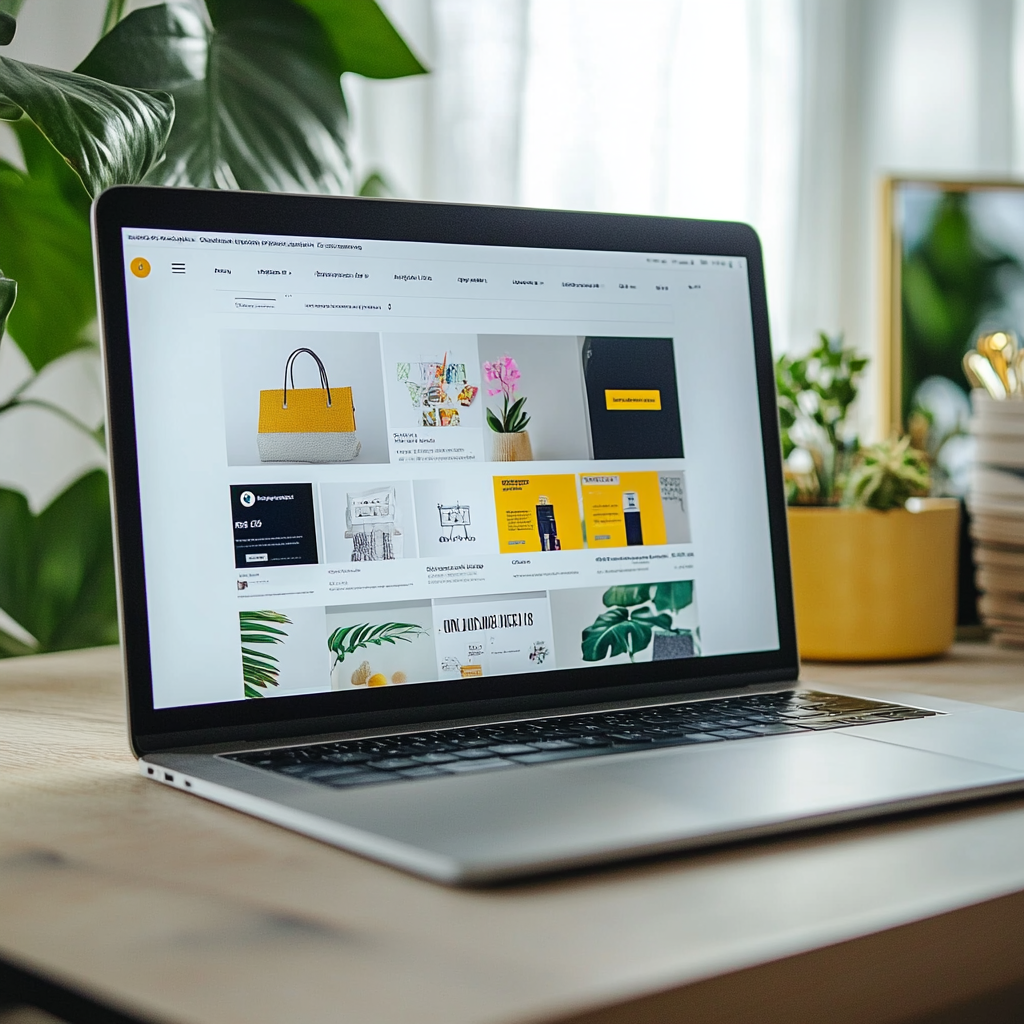Product listing ads, commonly known as PLAs, are used in e-commerce to promote products directly on search engine results pages (SERPs) and other advertising platforms. These ads typically include an image of the product, its price, the merchant’s name, and other relevant product information. PLAs are highly visual, helping potential customers make purchasing decisions faster by seeing the product upfront. While PLAs are most often associated with Google Shopping and Google Ads, they are also used on other platforms such as Bing Shopping, Facebook, and Instagram.
These ads are crucial for online retailers who want to showcase their products directly to consumers searching for specific items. Because they include detailed product information, they effectively drive qualified traffic to online stores.
How PLAs Work in Google Ads
In Google Ads, product listing ads are managed through a combination of Google Merchant Center and Google Ads. The key to running a successful PLA campaign is having a well-structured product feed, which provides Google with all the relevant information about the products you want to advertise. This feed is linked to your Google Ads account via Google Merchant Center.
Once the product feed is uploaded and linked, Google uses this data to match products to relevant search queries based on the user’s intent. Unlike traditional text ads, which rely on keywords for targeting, PLAs use the product data provided to Google in the feed. For example, if someone searches for “blue running shoes,” Google will display product ads for running shoes that match various retailers’ descriptions.
The Role of Google Merchant Center
The Google Merchant Center is where you store your product data feed. It’s an essential platform for managing and optimizing your product listings for PLAs. Google Merchant Center allows you to upload your product information, including titles, descriptions, prices, and images. This data must be accurate and comply with Google’s guidelines, or your products may not show up in the search results.
The product feed is critical because it directly influences the success of your PLA campaigns. If the feed is inaccurate, incomplete, or poorly optimized, it can result in lower ad performance, fewer clicks, and wasted ad spend. Retailers must ensure that all relevant product details, including brand, price, availability, and unique identifiers like GTIN (Global Trade Item Number), are correctly listed in the feed.
Campaign Strategy for Product Listing Ads
Creating a PLA campaign requires a thoughtful strategy, especially because PLAs don’t use traditional keywords for targeting. Instead, the success of your campaign depends on how well your product feed is optimized and how competitive your bids are. Campaigns are often broken down by product categories, price ranges, or brand groupings, allowing retailers to allocate budget and set bids based on product performance.
In Google Ads, product listing ads are typically set up using “Shopping campaigns.” Within a Shopping campaign, you can create product groups and set bids based on different product segments. For example, if you sell a variety of electronics, you may create separate product groups for smartphones, laptops, and accessories, each with its own bidding strategy.
Many advertisers use different priority settings for their Shopping campaigns—low, medium, and high—to refine targeting and increase performance. These priority levels allow businesses to control which products Google shows when a user’s search matches more than one product in their catalog. The right prioritization strategy helps manage budgets effectively, ensuring your most profitable items receive the highest visibility.
The Benefits of Product Listing Ads
PLAs offer several benefits that make them a go-to advertising format for e-commerce businesses:
Visual Appeal
PLAs are visually striking compared to standard text ads. By showing the product image, price, and brand information, they directly represent the product, making it easier for shoppers to make a purchase decision. This visual component is essential in a highly competitive market where users are bombarded with various ad formats.
Higher Conversion Rates
Because PLAs include specific product details, users who click on these ads are often farther down the sales funnel and more likely to convert. They already have a clear idea of what the product looks like, its price, and where they can buy it, making them more qualified leads than users who click on general text ads.
Automation of Campaigns
Another benefit of PLAs is that they rely heavily on automation. Instead of manually selecting keywords or creating unique ad copy for each product, advertisers can rely on their product data feed. Google’s algorithms will determine which products are most relevant for a given query, freeing up valuable time and resources that would otherwise be spent on manual campaign optimization.
Showcase Multiple Products
Google can show multiple PLAs from the same retailer in a single search. This allows you to increase your chances of securing a sale by offering various options. If someone searches for a product category like “women’s handbags,” Google may display multiple handbag options from your store, increasing the likelihood that the user will click through to your website.
The Downside of Product Listing Ads
While PLAs offer many advantages, they also have certain challenges that businesses must navigate carefully.
High Competition
The biggest drawback of PLAs is the high level of competition, especially in popular product categories. Because these ads are visually prominent and highly effective, many retailers and e-commerce businesses compete for the same space. This competition drives up the cost-per-click (CPC) and can make it difficult for smaller retailers to achieve a positive return on ad spend (ROAS).
To compete effectively, businesses need competitive bids and well-optimized product feeds and campaigns. This may require constant monitoring and adjustment to stay ahead of competitors.
Feed Management
The success of a PLA campaign depends heavily on the quality of your product feed. Unlike traditional search ads, where you can rely on well-constructed ad copy and strategic keyword bidding, PLAs are entirely driven by the product data in your feed. Managing and optimizing this feed can be a time-consuming and resource-intensive task.
If your product feed is poorly-structured or lacks critical information / attributes, such as product identifiers or up-to-date prices, it could negatively impact your ad performance. Inaccuracies in the feed may also lead to disapprovals from the Google Merchant Center, preventing your ads from showing altogether.
Limited Control Over Search Queries
One downside of PLAs is that advertisers have less control over which search queries trigger their ads. While Google’s algorithms match products to relevant queries well, advertisers don’t have the same level of control as they do with keyword-based search ads. This lack of control can sometimes result in products being shown for less relevant searches, leading to wasted ad spend.
Pro Tip: Consider offloading some of these concerns by working with a Google Shopping management agency. They’ll handle product feed concerns, set up your campaigns for success, and ensure they are optimized to their fullest potential.
Final Thoughts on PLAs
Product listing ads are a powerful tool for e-commerce businesses, providing a highly visual and effective way to showcase products to potential customers. By leveraging Google Ads and Google Merchant Center, retailers can create Shopping campaigns that put their products in front of highly targeted audiences. However, the success of a PLA campaign depends largely on how well the product feed is managed and how competitive the business can be in a crowded marketplace.
While PLAs offer many benefits, such as high conversion rates and automated targeting, they also come with challenges like fierce competition and the need for ongoing feed optimization. To get the most out of PLAs, retailers must be prepared to invest time in fine-tuning their product data and adapting their bidding strategies to stay competitive.








